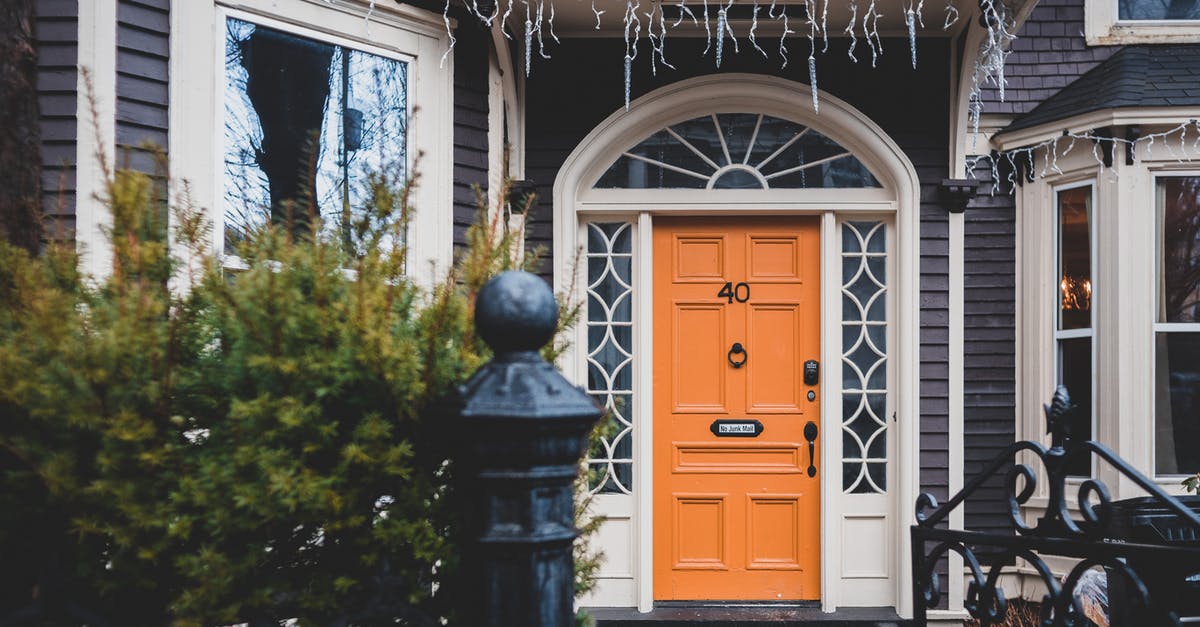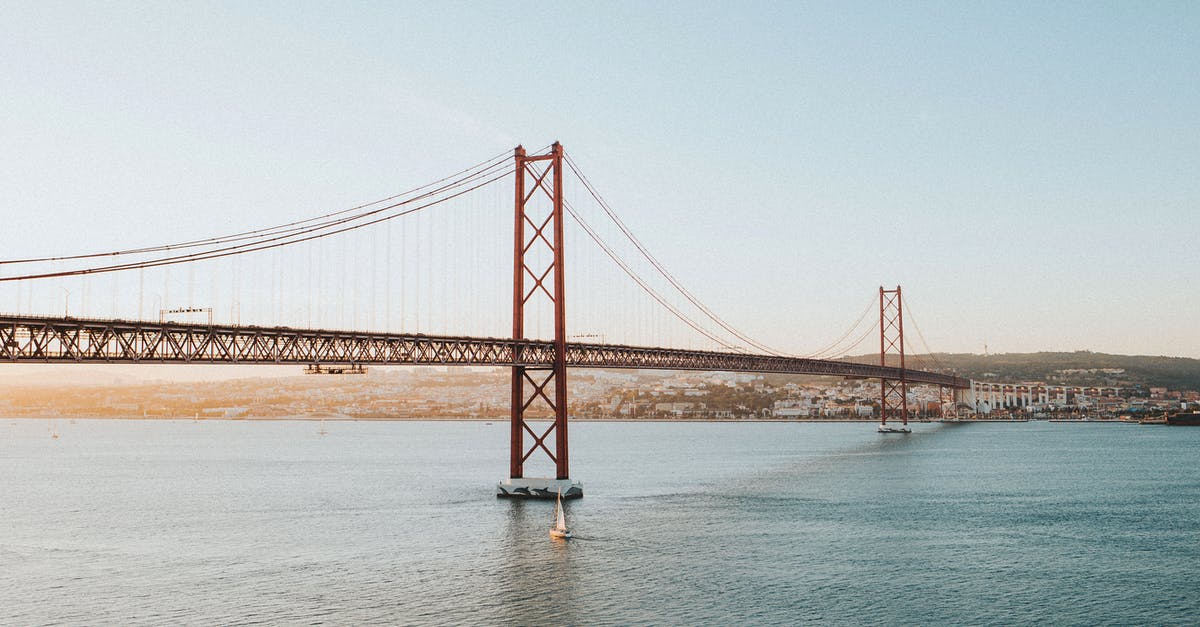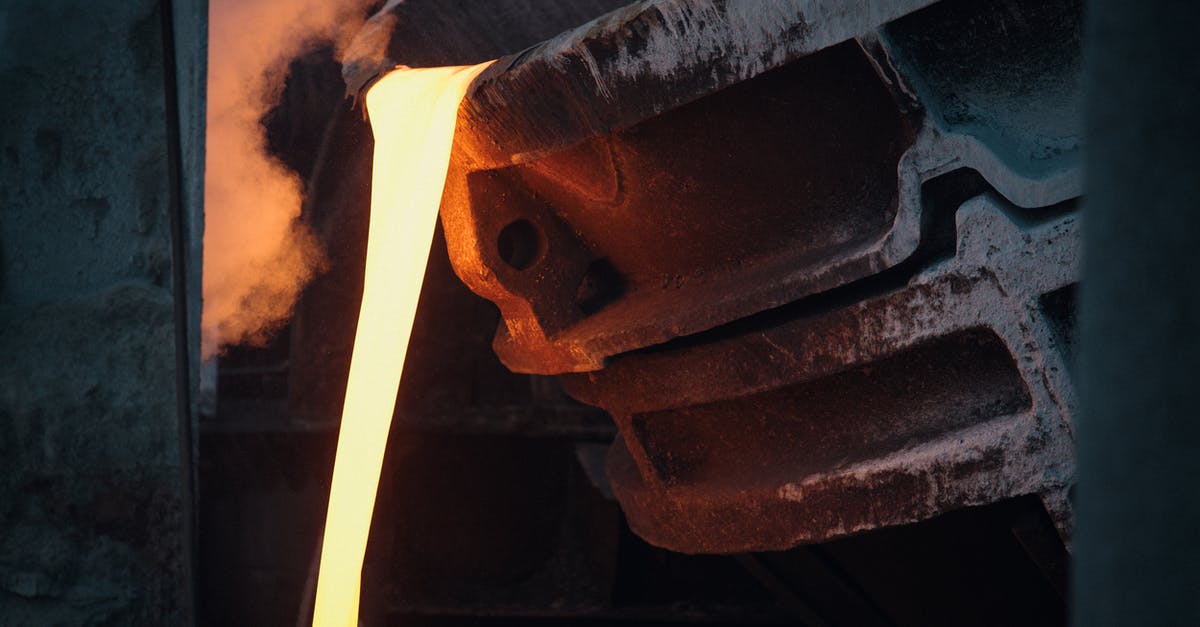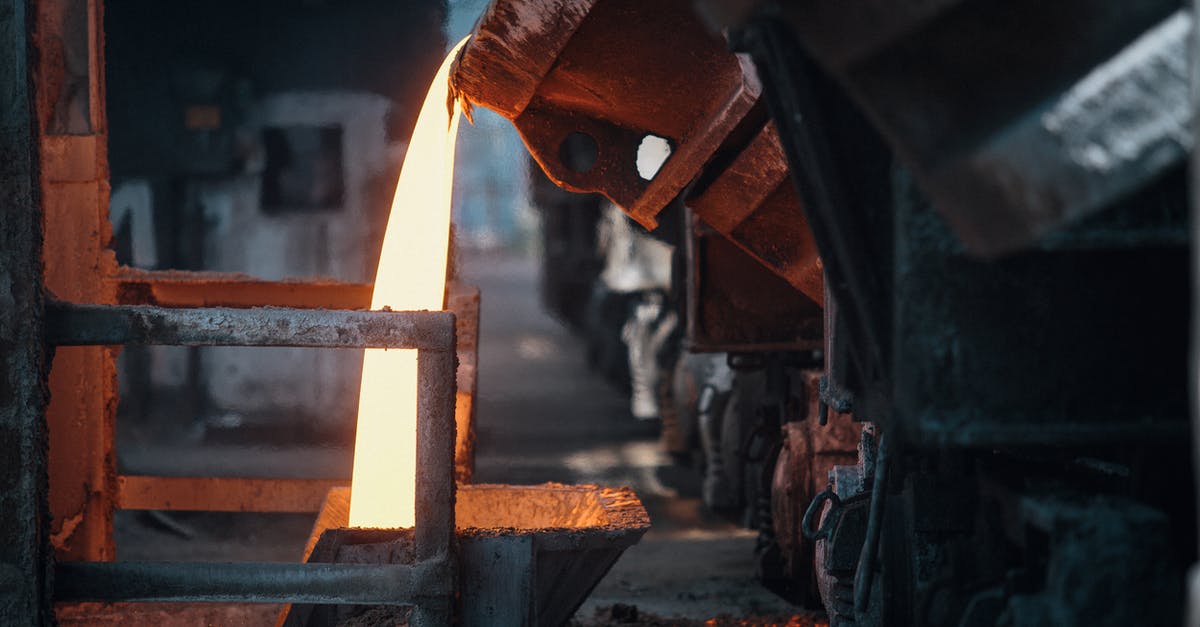Cast Iron vs Steel

1. What is the advantage of a steel skillet over a cast iron one? I currently use cast iron for most everything and am curious what I might be missing.
2. If there's an advantage to getting a steel skillet as well, what would be recommended?
3. Is a steel skillet good for cooking omelettes?
Here's my current cast iron skillet arsenal, measured inside bottom:
- Wagner Size #3 - about 5 inches
- Wagner Size #6 - about 7 inches (the most used pan in my kitchen)
- Lodge - about 8 inches
I also have two 8 inch nonstick skillets previously used for sauteeing and eggs... and they are losing the nonstick surface. I've killed 6 nonstick pans in 5 years, and I'm done with them.
I'm looking to get a new egg pan, thinking about an enamel-inside pan, as that's what my mom used exclusively for eggs.
In case it's relevant, I also have 1.5, 3, and 3.5 quart All Clad pots (all pieces in this set except the 10" fry pan).
Best Answer
What is the advantage of a steel skillet over a cast iron one? I currently use cast iron for most everything and am curious what I might be missing.
Pan sauces made with wine, vinegar, or any other acid are better in stainless steel. If you put any acid in cast-iron, you are harming your seasoning, and leeching iron into your food. This will affect the taste of your sauces, I find pan sauces taste metallic when made in cast iron.
Stainless steel also heats up and cools down much faster than cast-iron. This is great when you need quick heat, or fine control of your heat. You can also plunge a piping hot stainless pan into an ice-bath without cracking it in half.
If there's an advantage to getting a steel skillet as well, what would be recommended?
Go with a a bonded stainless-steel pan with an aluminum core. The most well known manufacturer is All-Clad. The stainless steel exterior is great due to it's non reactivity, you can literally put anything in it. The aluminum core distributes the heat much more quickly and evenly, minimizing hot-spots.
Is a steel skillet good for cooking omelettes?
Not in my opinion. I go with a non-stick pan every time.
I have to recommend sticking with a nonstick pan for eggs. There's simply nothing better, although well seasoned cast iron comes awful close. If you're spending more than $20 for a nonstick egg pan, you're doing it wrong. You don't need Calphalon, or any other big name for a good nonstick pan. Go to a restaurant supply store if you can and buy a cheap one there. With care it should last you 2-5 years depending on use. I found my current one at a Bed Bath & Beyond.
Pictures about "Cast Iron vs Steel"



Quick Answer about "Cast Iron vs Steel"
Cast iron is actually an alloy of iron and carbon, just like steel, with the main difference being that cast iron has more carbon in it. Whereas steel requires a carbon content of no more than 2 percent, cast iron usually contains 2 to 3.5 percent carbon.Which is better steel or cast iron?
This clearly shows that mild steel is a better option than cast iron when it comes to ultimate tensile strength. However, cast iron has better compressive strength than mild steel. Due to this, it will have greater resistance against breaking under compression. This also makes it quite durable and ideal for rugged use.Which is harder steel or cast iron?
The strength of both cast iron and steel is also controversial, as some think steel is stronger than cast iron and others think that iron and steel are same thing, but the truth is that cast iron has a more compressive strength, and steel is more tensile.Why is cast iron stronger than steel?
It gets harder, and therefore more useful, when it's alloyed, or mixed, with carbon. In fact, carbon composition is the main distinction between cast iron and steel. Cast iron typically contains more than 2 percent carbon, while cast steel often contains between 0.1\u20130.5 percent carbon.What is the main difference between cast iron and steel?
Definition. Cast Iron is an alloy made from Iron and Carbon with a weight percentage around 2-4% along with Silicon and carbide impurities. Steel is mainly made of Iron alloying with a controlled amount Carbon roughly around 2%.More answers regarding cast Iron vs Steel
Answer 2
I agree with hobodave's answers, and let me add one more thing. A well made stainless pan will generally heat more evenly than cast iron. There is a myth about cast iron that it heats evenly, but it simply isn't so. It holds a lot of heat, which is a big benefit, but unless you move it around on the burner, there will be definite hot and cold spots corresponding to your burner pattern. (And I say this as a devoted but honest lover of cast iron, who uses it for almost everything I cook).
Answer 3
While yes, it is easier to cook on a non-stick pan, I have a different solution. I use a seasoned carbon steel wok to cook my eggs and it is my favorite way (besides sous vide) due to the ability to keep the egg contained within the oil.
As long as you put at least a Tablespoon of oil in the bottom of the wok, you can drop the eggs right into the center of the oil and it won't stick. Let them sit for a moment on the bottom to regain the lost heat. I then use a metal whisk to both stir up the eggs and scrape them from the center of the wok. Just don't get overzealous with it or you will end up with egg all over your wok.
This also works amazingly for omelettes since you can just leave the egg flat in the oil and then flip it. If you want to get it wider, try carefully moving the wok in a horizontal circular motion to spread the egg within the oil.
I have had bad experiences with teflon getting into my food in the past and I avoid it at all costs (even at low temps). But that is more personal preference, it can work well if handled properly.
Sources: Stack Exchange - This article follows the attribution requirements of Stack Exchange and is licensed under CC BY-SA 3.0.
Images: Erik Mclean, TRAVELBLOG, Bence Szemerey, Bence Szemerey
